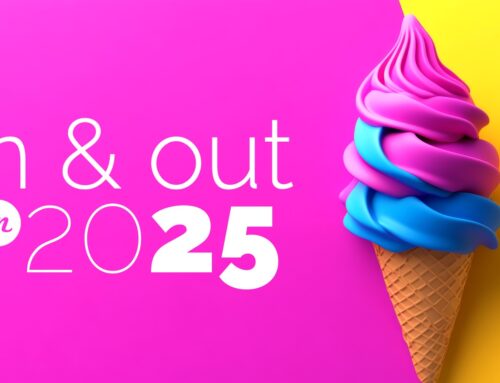More Answers From A Powerpoint Presentation Design Services Company
We recently gave a webinar on Slide Diets: Design Tricks to Slim Down Your Content (©). The response has been lively! Turns out there are a lot of questions out there about PowerPoint presentation design services and strategies.
Last week we jumped back on the horn with PresentationXpert to answer more questions from attendees.
Check out the video or read below for more hints on improving your next presentation.
I work with clients that need help slimming their presentations. What to cut and not to cut – what kind of slide diet do they need? How do I get them started? Drinking the Kool-Aid?
Typically, a good Slide Diet plan is a mix of several strategies.
Portion control (trimming down content) is the hardest for hesitant clients, but it’s also the most important for better slides. The other Slide Diet strategies will help the content communicate visually and powerfully. Tricks like icons, diagrams and display tricks can make hefty content more understandable.
If you have a stakeholder that is hesitant about changing content, there are many resources out there about why simple content is important. There a wealth of YouTube videos, including those by PresentationXpert. There are also books (try Garr Reynolds or Dr. Carmen Simon). Many thinkers in the space also write blogs like this one on the topic.
Any tips and pointers for translations? We take our English language slides and translate into 24 languages. Often, icons don’t translate to global content.
We recently did a translation project just like this and it was definitely a challenge!
Icons need to be very broad and not culture-dependent. You will probably use fewer of them and only for overarching concepts. We tend to use a lot of data display in these projects, as math is its own language.
We also try to vary the imagery from translation to translation so that the people, places and situations depicted will accurately reflect the audience’s experience.
It seems that slides are still wordy – the audience will read while the speaker is talking What parameters should we follow on how brief words on a slide should be?
While there are some situations where a completely wordless deck may make sense, slides serve many purposes, so some flexibility on word count is necessary.
Aspirational or motivational decks are likely to use very few words, while teaching decks generally need a little more text. So the real answer is that there is no one answer. To figure out the allowable “wordiness” of your presentation, you have to think about how it will be used. Will there be a speaker or voiceover? How knowledgeable is the audience? How technical is the information? Can you supplement the live presentation with a more detailed leave behind deck?
Remember that all words are not created equal. Avoid prose and spoken style language, but don’t shy away from labels that will aid understanding.
Any recommendations for using a mandatory template background (dark or textured backgrounds)? Advice for keeping it still clean and clutter free?
Color questions were the most common to come out of the webinar. Since there were so many, I addressed How Color Affects Presentations in a standalone post – check it out!
We love presentations and sharing our tips and tricks! Sign up for our newsletter so you don’t miss out!
Or get in touch to learn more about our Keynote and PowerPoint presentation design services.






Leave A Comment
You must be logged in to post a comment.